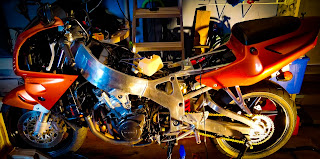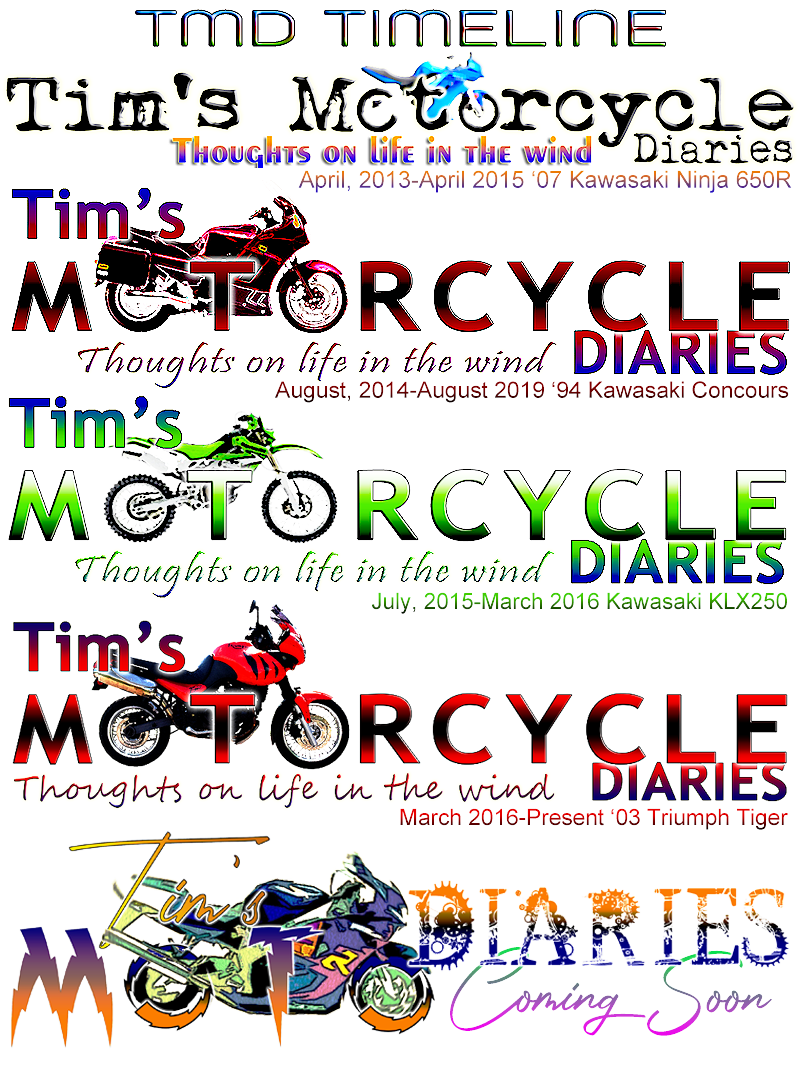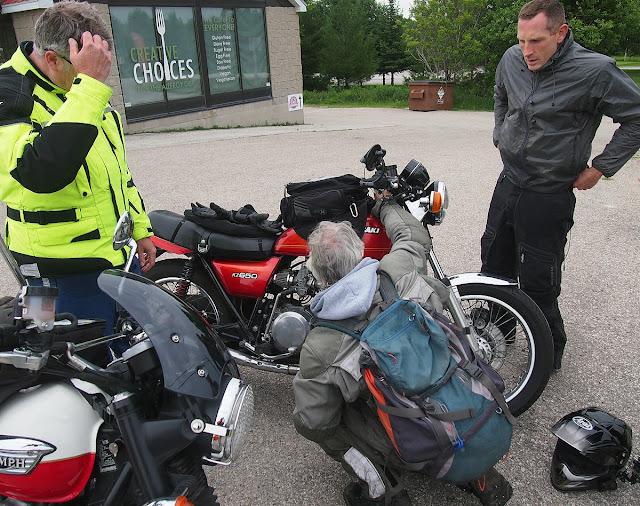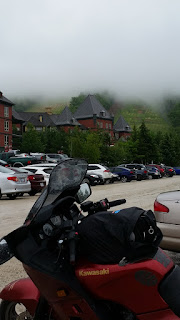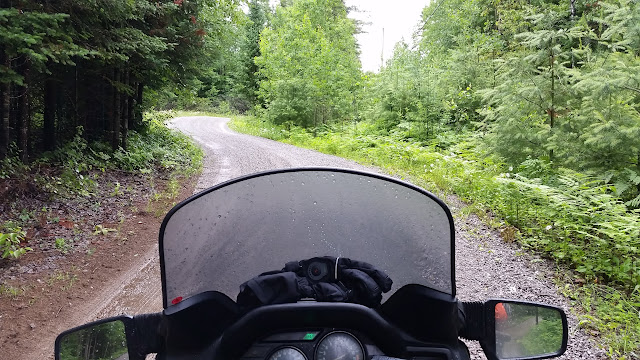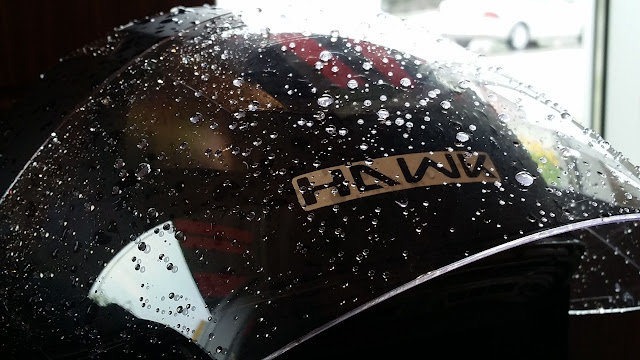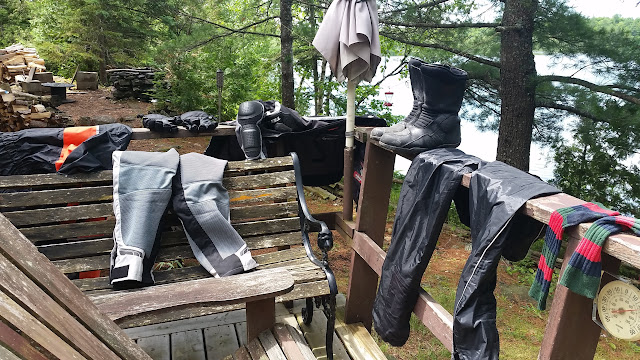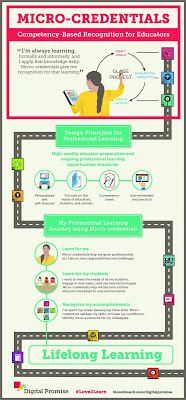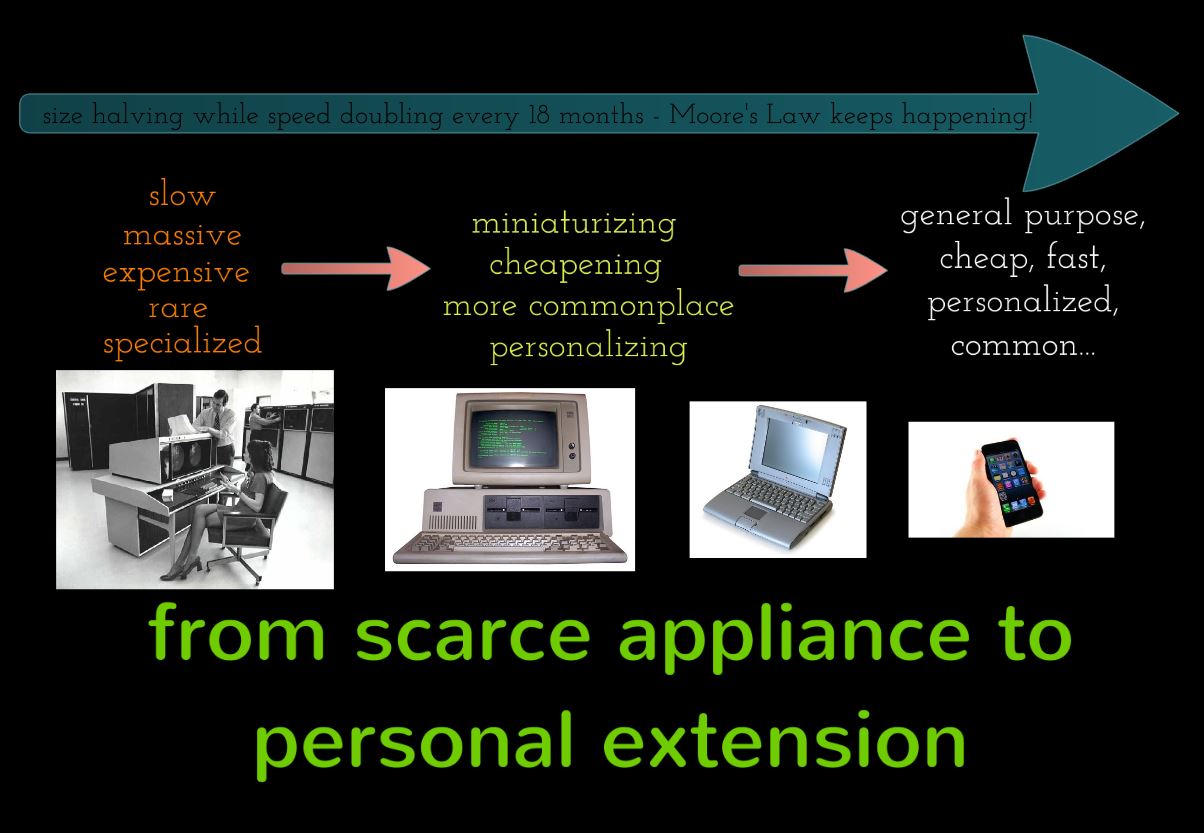Fourteen months into Dusty World and I’m approaching 5000 views, which is exciting.

When I started blogging after ECOO 2010, I did some reading about just how to do it. A couple of suggestions have borne up well after fourteen months of blogging, but they aren’t your typical how-to-drive-page-views blog advice.
/WARNING
This isn’t a how-to-make-a-successful-business-blog type post. There are piles of how to become a pro-blogger advice columns out there; this isn’t that. I didn’t start blogging to make money or win fame. If you’re looking for a how to monetize your blog and push traffic type thing, then I’d argue that you’re a shallow git who doesn’t get what this really is. Blogging isn’t supposed to replace traditional media with a new way for a few people to target, market and sell to many, blogging is democratized publication. Old, industrialized media is dying. This isn’t a bad thing, stop trying to be like them.
/WARNING OFF
To that end, I found a piece of advice early that has allowed me to keep blogging regardless; always write about what you want, the way you want. This works for me in a couple of different ways. The main reason I’m still at it over a year later is that I find writing about problems, solutions and challenges in technology and teaching to be cathartic. Blogging gives me perspective, sometimes it prompts responses that help me see a way through, and ultimately allows me to be better at what I do. These are all ends in themselves; reason enough to blog right there.
I also never feel like this is work, more like therapy. I know I’ll probably feel better after blogging, so tend to want to do it. I’ve found that blogging tends to result in a very direct style of writing that clarifies thoughts and my feelings on issues (you can’t go on and on in a blog, it’s the wrong format).
I don’t shy away from a philosophical approach because I’m representing my peeps. I am what I am and write what I write, I wouldn’t expect everyone to read it, I wouldn’t want them to. I’m aiming at a specific reader (thoughtful, educationally and digitally curious), and I’m fine with that. If I wanted page views I’d write college humor blog entries (but that would be work).
Another suggestion I read was write often (and don’t forget to label your entries so people can find them). Once you’ve built up a library of entries, the views will find you. This has been the case. Looking at the stats, there is always a bump on a new post, but the archive gets more hits now than even the new-entry bump. Keep writing, eventually you’ll build up enough content on enough subjects that people will find you. Your entries get shared, and shared again, you start to see views from all around the world (which makes me wonder just how Canadian-centric my thinking may appear), and before you know it, there are many avenues to your blog, not just you pushing it out on your social networks.
Publishing your writing puts it out there. It makes you want to put your best ideas forward. I proof my entries, and try and make them technically correct because I never know who might end up reading them. Diary or journal writing for yourself doesn’t drive you in that direction, that’s a different sort of therapy.
As an English teacher, I feel like blogging makes me a better writer and gives students a chance to see how I do what I’m expecting them to do. So many English teachers don’t write, or don’t offer students access to their writing… it strikes me as a bit hypocritical.
In the meantime, I find myself, a digitally skilled student of philosophy and history, living at a pivotal moment in human history; the birth of a digital revolution that will rock the world in much the same way (and much more quickly) than the industrial revolution did in the past two hundred years. The world is changing in ways we can’t even begin to foresee, and I’m teaching in it!
It’s an exciting time to pick a timely new medium and enjoy using it. Blog well my friends.
 I was riding down to the city south of us today for a dentist’s appointment. Out on the 2 lane high way that cuts south through Guelph I had my first experience of being invisible. In bumper to bumper traffic moving at about 80 kms/hr, the blue minivan driven by an elderly man (wearing a hat), suddenly lit up his indicators and with no shoulder check immediately moved into the lane I was occupying.
I was riding down to the city south of us today for a dentist’s appointment. Out on the 2 lane high way that cuts south through Guelph I had my first experience of being invisible. In bumper to bumper traffic moving at about 80 kms/hr, the blue minivan driven by an elderly man (wearing a hat), suddenly lit up his indicators and with no shoulder check immediately moved into the lane I was occupying.
